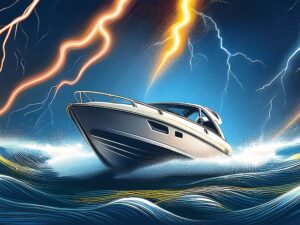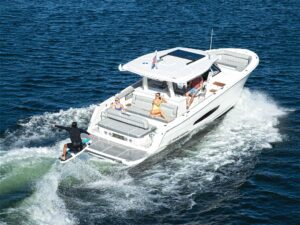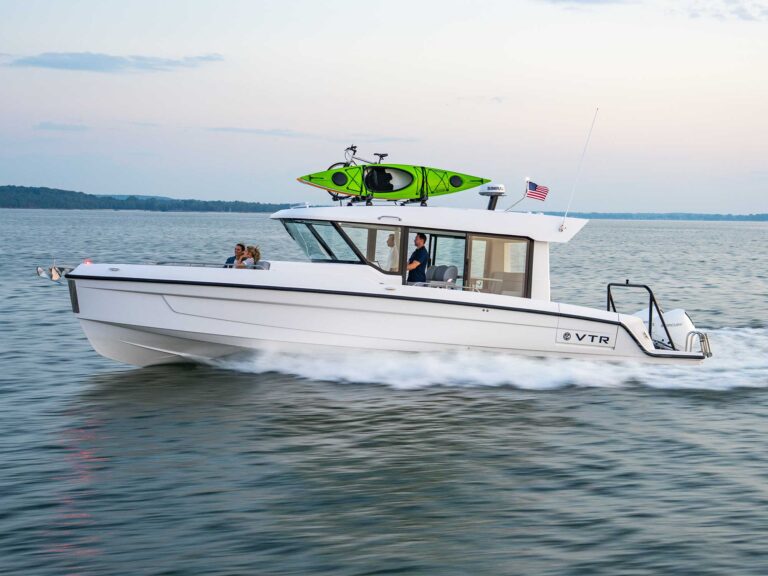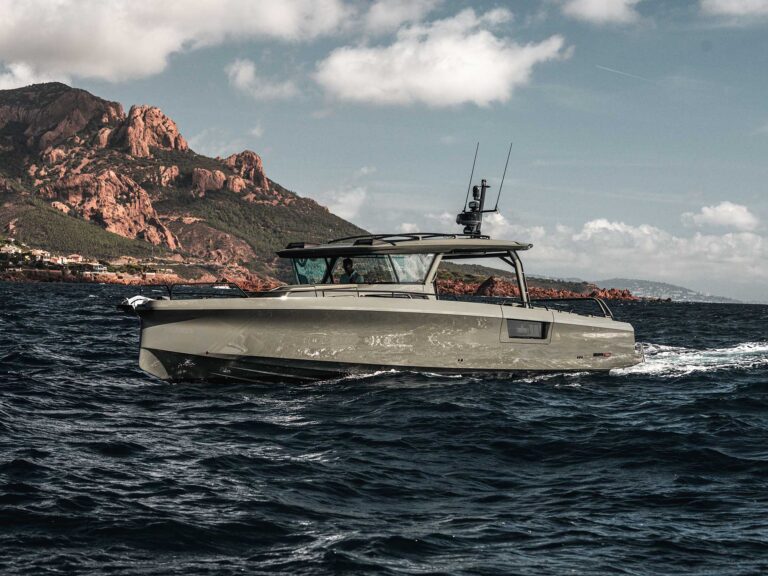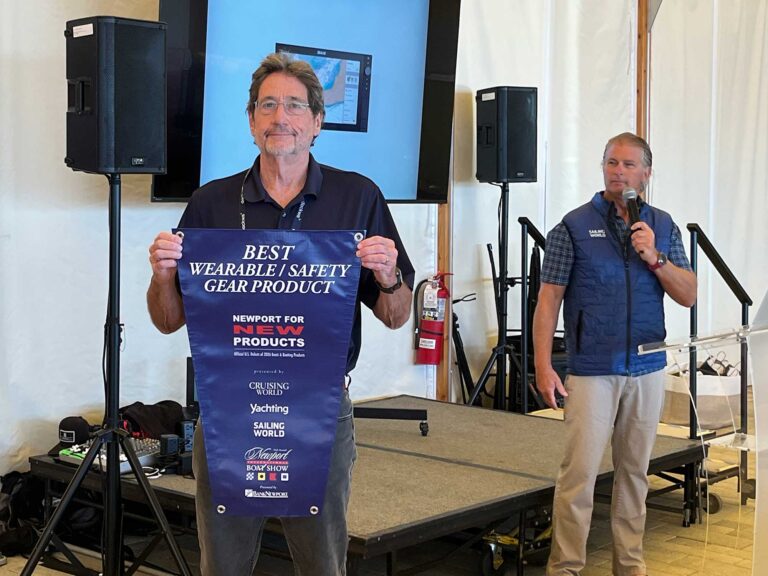
In my nearly half-century as an enthusiast, coach, and competitive water-ski and wake-sports athlete, I have observed first-hand how recreational and competitive athletes evolve and excel.
Smart approaches lead to success on the water, while missteps can land you in a frustrating rut with unnecessary falls and potential injuries. Through decades of observation, I have developed a five-step strategy for success.
1. Seek Guidance from the Start
“Just do it” might be an excellent marketing slogan for Nike, but it’s not the ideal strategy for learning and making progress. Instead of adopting a “let me try it” approach, which often results in trial and error, opt for coaching from the outset. Learning through trial and error prolongs your path to success and increases the risk of acquiring bad habits. When you receive guidance, you not only grasp the basics and mechanics of tow sports, but also gain a better understanding of how each maneuver is done. This knowledge enables you to replicate success consistently.
2. Find a Positive Role Model
When aspiring to master a specific maneuver, look for a positive role model who excels in executing the maneuver flawlessly with optimal technique. This role model can be a live, in-person mentor or even someone featured in videos. You can recognize optimal technique when someone executes a maneuver effortlessly and consistently. Watch this pro perform the maneuver repeatedly to instill a positive image in your mind, affirming that you can achieve the same level. Watching people with poor technique can create bad habits.
3. Equip Yourself for Success
Your choice of equipment plays a key role in your progress. Proper equipment can accelerate your learning curve significantly. For example, lighter skis and boards offer ease of use, while comfortable, supportive and lightweight bindings enhance your control over the board or skis. Furthermore, the type of line you select is specific to your tow sport of choice. Low-stretch lines excel in wakeboarding and barefooting, while lines with some stretch are ideal for slalom skiing.
4. Utilize Goals for Direction
Goals should guide you, not consume you. Instead of fixating on the end result, use goals to set your course. An exclusive focus on the goal can lead to an impatient mindset, making you believe you should master the maneuver quickly. This impatience can trigger muscle tension, wasting your energy and directing effort in the wrong areas.
To overcome this, employ goals to establish your direction. Discipline your thinking to focus on the basics to achieving the goal. Every maneuver has its basics and mechanical nuances for optimal technique. Developing this disciplined mindset will not only accelerate your progress but also increase your understanding of each maneuver’s mechanics.
5. Expand Your Horizons
While many enthusiasts stick with their first tow sport, venturing into other tow sports can enhance your enjoyment and overall understanding. Embracing variety within tow sports not only amplifies the fun but also improves your awareness of key fundamentals, such as body position. Each tow sport shares similarities yet offers subtle differences. For instance, wakesurfing eliminates the need for a towline, allowing you to learn how to control the board by applying pressure through specific points in your feet. Wakeboarding and trick skiing teach you how to do rotations, while slalom skiing teaches you how to use the ski’s edge to cross boat wakes and make turns. Barefooting hones your precision and body positioning due to the limited surface area of your feet.
With a strategic approach to learning, coupled with increased body awareness and technical finesse, your progress in water-skiing and wake sports will be faster and immensely gratifying. This added layer of satisfaction deepens the already exhilarating experience of participating in tow sports.


